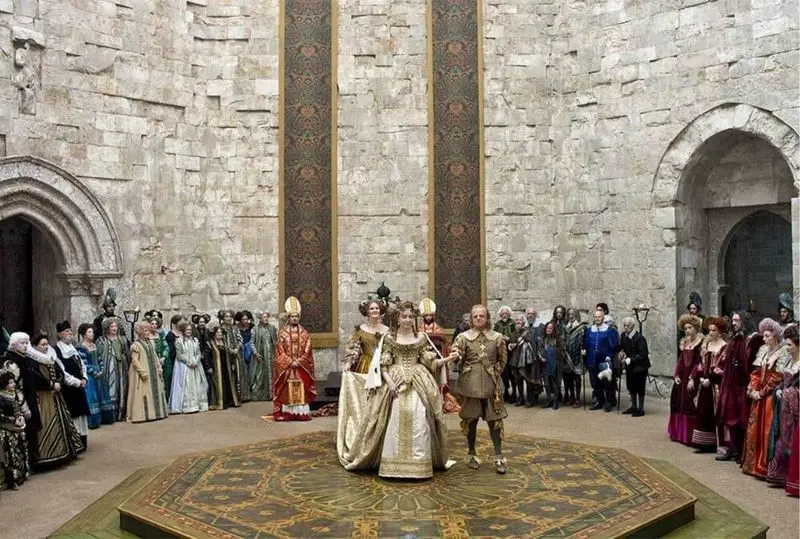From Lazio to Apulia: The Tale of Tales
Nothing is left to chance: director Matteo Garrone went on a months-long journey himself looking for the ideal locations for Il racconto dei racconti – Tale of Tales. His dream is to create a highly valuable guide to art films. It is a map that leads to places distinguished by gems of nature and stunning architecture that serve as the sets for three short stories from the Cunto de li cunti (The Story of Stories) by Giambattista Basile, the keeper of popular fairy tales from the 1600s. A world is invented for each story, which immediately appears in a dream. We pick up only a part of his travel itinerary, the one that goes from Lazio to Apulia. Let's close our eyes and re-open them in the Sasseto Forest of Acquapendente in Alto Lazio. This enchanted forest is a suspended empire with rich vegetation, secular plants and interwoven branches, whilst the sky peeks through mocking at the impossibility of penetrating. It is not by chance that here is where the miracle of the Due Vecchie (Two Old Ladies) takes place. Dora's body, outraged by age, wakes up transformed into a marvellous youth who falls in love with the King of Roccaforte, Vincent Cassel. The inside of his castle is staged at Palazzo Chigi in Ariccia, and the outside, jutting out and challenging gravity, is the medieval castle in Roccascalegna, Abruzzo. The second chapter, La Pulce (The Flea), takes us on a tour of Apulia. The King of Altomonte, troubled by the microscopic insect, lives the conundrum of Federico II in the octagonal Castel del Monte in Andria, which is overrun by jugglers, tightrope walkers and wandering actors. The castle also serves as inspiration for Jean-Jacques Annaud in his drawing of the library for Il nome della rosa (The Name of the Rose) in the 'medieval' novel by Umberto Eco. Dipping once again into Basile's narrative reservoir, but almost half a century earlier, Francesco Rosi shooted C’era una volta (More than a Miracle). The Neapolitan setting is staged in places found in Lazio, Naples and Apulia. For example, Sophia Loren plays Isabella who lives in a land positioned between Tavoliere and Gravina di Puglia. Between Rome and Viterbo are the luxurious Monte Gelato Waterfalls, whose towns have the silhouettes of Bracciano and Borgo di Rota, both in the province of Rome. The film also invites viewers to the lofty Certosa di San Lorenzo in Padula, in the province of Salerno. And the Journey Carnet still has space to fill.


